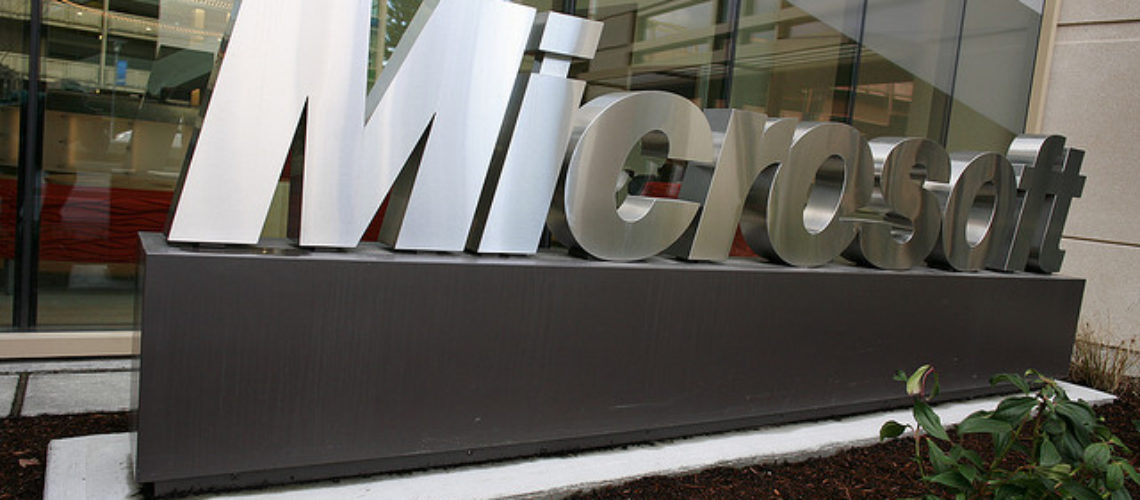European governments will be able to review the source code of Microsoft products at a transparency center the company initiated in Brussels on Wednesday, as proof that their products don’t comprise security backdoors.
Matt Thomlinson, Vice President of Microsoft Security, said in a blog post that Microsoft aims to maintain good relations with governments around the world, by opening the center. He also added that the center will give the opportunity to governments to review and estimate the code of company’s enterprise products and to access important security information about threats and vulnerabilities on the security scene.
Similar Center Founded in Redmond, Washington
Thomlinson added that the center in Brussels will ensure European governments, as well as governments in the Middle East and Africa, that the company meets the requirements for transparency by delivering secure products and services.
Last June, the company opened a similar center in Redmond, Washington. These two centers are part of Microsoft’s Government Security Program (GSP), launched in 2003 to help create trust with governments that are interested in using Microsoft products.
10 Core Products Already Listed
According to Microsoft, for national governments and international organizations that are part of the program there is a list of 10 core products including Windows 8.1, 7 and Vista, which source code can be accessed. They also can inspect the origin code for various versions of Windows Server and Office, as well as messaging client Lync, SharePoint 2010 and versions of Windows Embedded.
A Microsoft spokeswoman said that the source code of other products such as Windows 10 might be accessed depending on particular security demands of the individual government.
Microsoft global GSP community now encompasses 42 different agencies, from 23 national governments and international organizations worldwide. The next step is welcoming the European Commission as the latest participant in the program.

